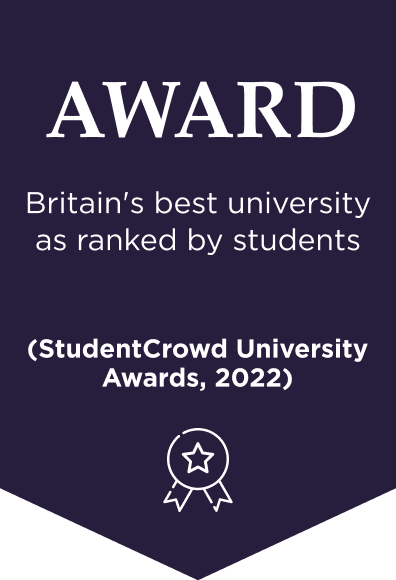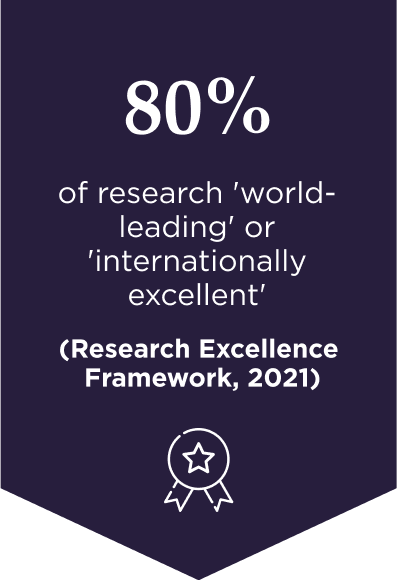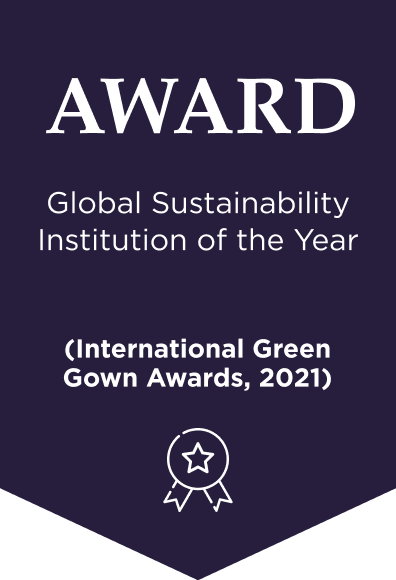Dynamic strategy: an active approach to navigating global business environments
Posted on: February 13, 2023
The unpredictability of the global business environment is, ironically, one of the few aspects of its nature that is possible to predict.
We live in a dynamic world, where industries – and businesses – are at the mercy of changing consumer demands, economic pressures and regulatory shifts, among a host of other factors. Each has the potential to significantly impact a company’s ability to sell its products and services, and so leaders must continually evaluate all facets of their business model and strategy if they are to remain competitive, relevant and profitable.
How are business strategies currently performing?
Statistics indicate that many business models and organisational capabilities are, currently, falling short of the mark:
- Only 2% of leaders are confident that they will achieve 80-100% of their strategic objectives
- While 80% of leaders feel that their companies are good at crafting business strategy, only 40% feel that they are successful at implementation
- 85% of leadership teams spend less than one hour per month on strategy, and 50% spend no time at all
- 67% of employees do not understand their role when new growth initiatives are launched
- 92% of organisations reported that they do not track key performance indicators and related metrics to assess how successfully they are competing.
What can be done to confront the weaknesses, missed opportunities and difficulties facing business leaders in companies such as these?
One further statistic may hold the answer: according to Gartner, organisations that are able to successfully unlock the capacity to execute new growth strategies increase their profitability by 77%.
And, what do new growth strategies require? Dynamism.
What is a dynamic business strategy?
A dynamic business strategy is one that enables a business to readily adapt to changing scenarios, making it possible to minimise operational threats and seize new opportunities. Such strategies offer a framework that allows leaders to respond appropriately to shifting demands, building flexibility and innovation into decision-making and strategic planning exercises. Dynamic organisations generally adopt external, consumer-focused strategies with in-built mechanisms that can actively adapt to real-time situations. Leaders who accept, and embrace, strategies that prioritise dynamism and adaptability will develop greater awareness of internal and external influences on their businesses. From this position, they will be better prepared to deal with challenges in a purposeful, active and empowered manner – not to mention boosting the likelihood of achieving key goals, such as penetrating new markets, increasing existing market share or cementing partnerships.
In contrast, static business strategy tends to be reactive; change is only enacted when a crisis has already occurred. While processes may improve over time – through means such as technological advancements or increased resources – the pace of change is likely to be slower and the degree of change incremental. When compared to ecosystems founded on dynamic strategy, there can be significant limitations and missed opportunities. Additionally, static organisations are likely to be less-prepared for change, leading to disruption, confusion and irritation.
What is dynamic capability?
Dynamic capability is a theory developed by David J. Teece – world-leading economist, organisational change and innovation expert, and co-founder and leader of Berkeley Research Group – together with Gary Pisano and Amy Shuen. It’s founded on the concept that ‘dynamic capabilities’ are those which allow a company to “integrate, build, and reconfigure internal and external competences to address rapidly changing environments.” One of the key elements of dynamic capability is that it relates to the capacity for a resource base to be adaptable, rather than involving operational capabilities.
The dynamic capability framework requires leaders to adjust core competencies in order to modify short-term, competitive positions. As a result, long-term competitive advantage and resilience can be enhanced.
It’s a methodology via which companies can stimulate corporate agility and begin:
- sensing – potential opportunities and threats
- seizing – the opportunities available
- transforming – competitive value through careful manipulation of both tangible and intangible assets.
It offers a basis for value-creation, where organisational learnings can be translated into action and innovation.
Three ways to prepare businesses for dynamic business environments
All businesses – even market leaders and other successful, established brands – must be mindful of the competition. Staying alert to competitive pressures, from new products and industry innovations to new market entrants, helps businesses to pivot in response to changing environments and remain competitive. Keeping an eye on competitors also helps inform points of differentiation and unique selling points.
10-year strategic plans – that are promptly shelved, and not revisited or updated after they’ve been developed – must become a business reality of the past. The fast-paced, changeable business environment of today requires dynamic plans that operate as ‘living documents’. Practices and plans must be evaluated and adapted on a routine, ongoing basis, allowing businesses to build flexibility into the planning process and make timely adjustments. While formal annual updates are still valuable, and common, they should not serve as a substitute for regular strategy reviews.
Accurate and relevant intelligence is key to informing forecasting and decision-making activities. Leaders should actively gather information from a wide range of internal and external sources, including the business environment, consumer trends, social media, stakeholder views and experiences, sales data and analytics. Establishing information-gathering processes should be an integral aspect of business practice. Using this solid evidence base, business planners can then make appropriate changes that reflect changing circumstances.
Of course, it can be easier-said-than-done to repeatedly modify plans and pursue new strategies. Organisations whose strategic directions are based on dynamism need to develop the skills to effectively handle company-wide change management.
Gain the skills to embed dynamic strategic management in your organisation
Could your business benefit from pivoting to a dynamic, flexible model? Is a static approach preventing you from reaching critical business milestones?
Develop the expertise to capitalise on opportunities and adapt to adversity with Keele University’s online MBA Finance and MBA Entrepreneurship programmes.
Designed for individuals who are ready to take the next step into senior leadership positions, our flexible master’s courses equip you to succeed in fast-paced, changeable and challenging global business environments. You’ll gain in-depth understanding across a range of topics – including project management, innovation, people management, finance and strategic marketing – supported by practical skills for the workplace.



